Weissgauff washing machine displays error E30
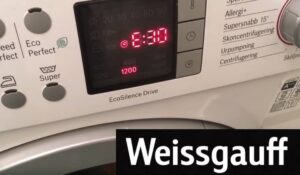 Not every error in household appliances indicates that the equipment needs expensive repairs. If your Weissgauff washing machine displays error E30, this means that the system has detected a problem with the door. Often it can be solved in a trivial way - gently press the door with your hand, which will cause the error to disappear and the work cycle to start. However, the situation cannot always be resolved in this way. Let's look at all the main faults that may be hidden behind the E30 error.
Not every error in household appliances indicates that the equipment needs expensive repairs. If your Weissgauff washing machine displays error E30, this means that the system has detected a problem with the door. Often it can be solved in a trivial way - gently press the door with your hand, which will cause the error to disappear and the work cycle to start. However, the situation cannot always be resolved in this way. Let's look at all the main faults that may be hidden behind the E30 error.
The mechanism inside the hatch door is to blame
Most often, this error code occurs due to the hatch door mechanism located in the door body. In this situation, the user cannot fully press the door of the “home assistant”, because either it closes, but not until there is a characteristic click, or it even opens itself, as if nothing had happened. Also, closing the door may seem unnatural to the user due to the feeling that something is preventing it from closing, as if some foreign object is present. This often happens for a number of objective reasons.
- Door warp. Any washing machine door can become warped over time due to active use of the device. There is no need to worry about this, it is better to just make sure that the lock hook fits exactly into the place prepared for it. If you find a misalignment, then simply tighten the bolts in such a way as to adjust the position of the door.
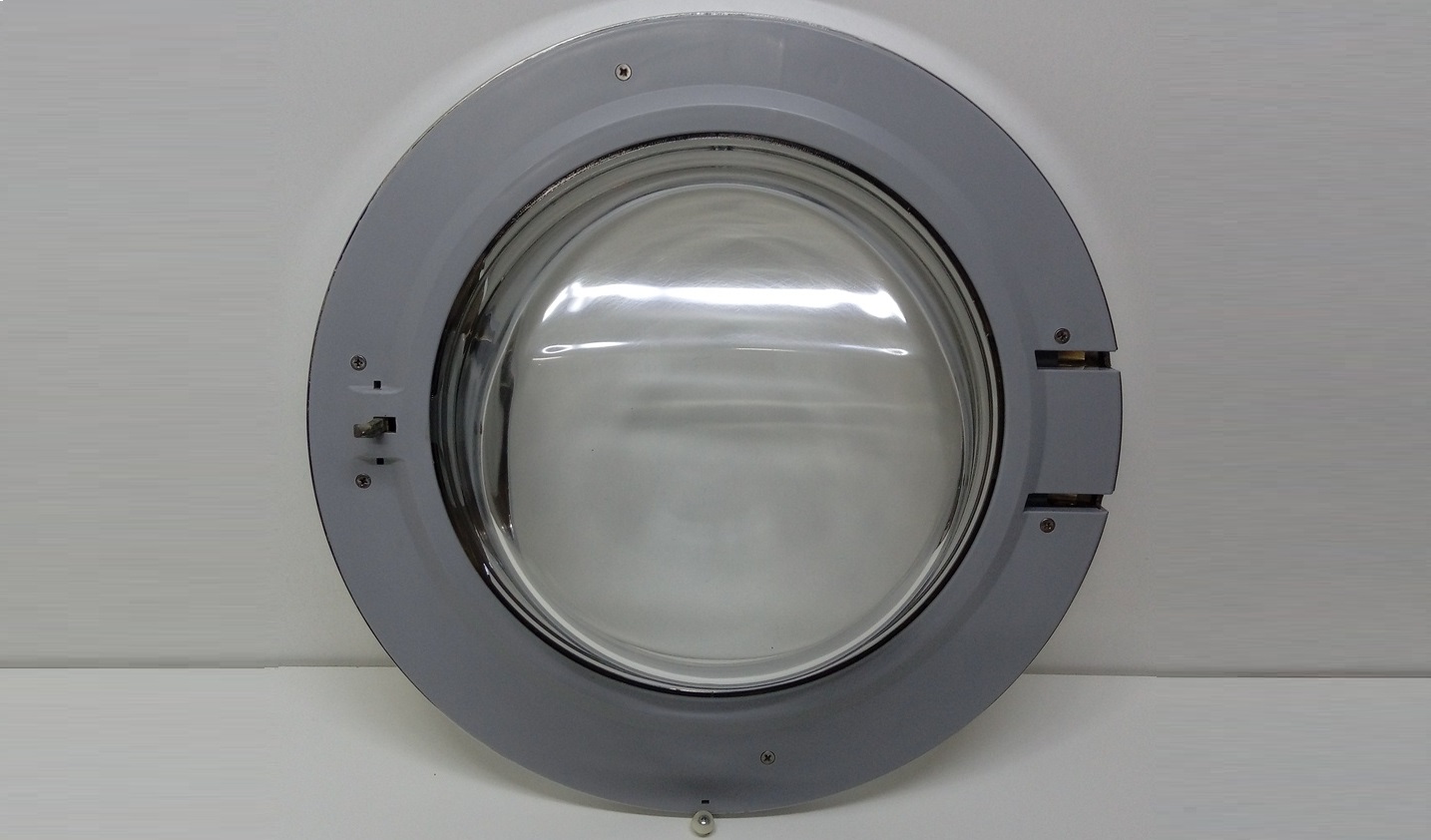
- The tongue of the locking mechanism is broken. It is the tongue that fixes the door in the closed position necessary to start the wash.It itself is held in place by a special metal rod, which can sometimes fall out. In this case, it is necessary to partially disassemble the door, find the rod and install it in its seat.
If a hook or other element of the handle is damaged, you can simply buy a new handle and install it in place of the damaged element.
If error code E30 appears because the door does not close until it clicks or swings open after you release it, then the problem should be looked for in the plastic guide. This element can be found in a number of washing machines, where it fails over time. If the distortion of the door sometimes turns out to be so insignificant that it does not affect the operation of the washing machine at all, then damage to the plastic guide always leads to the fact that it becomes impossible to use the machine. This happens because the hook does not stay in its groove, so the door does not close until it clicks. It is quite possible to fix the problem yourself.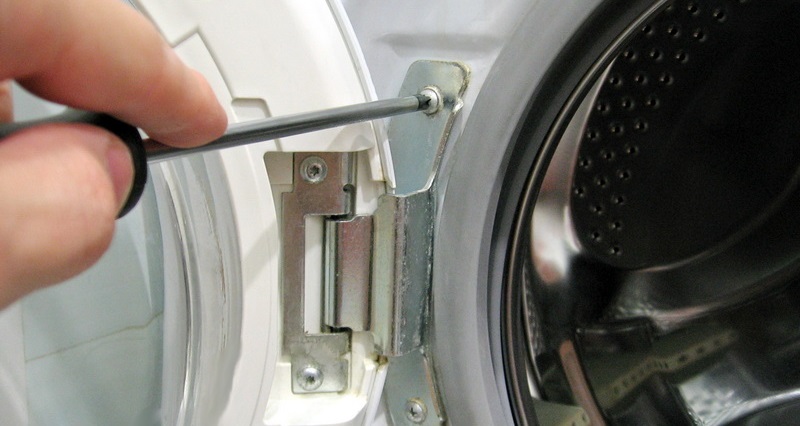
- Remove the fasteners that connect the door to the hinge, for which you will need a star screwdriver.
- Remove the door, and then unscrew all the screws located on the inside of it.
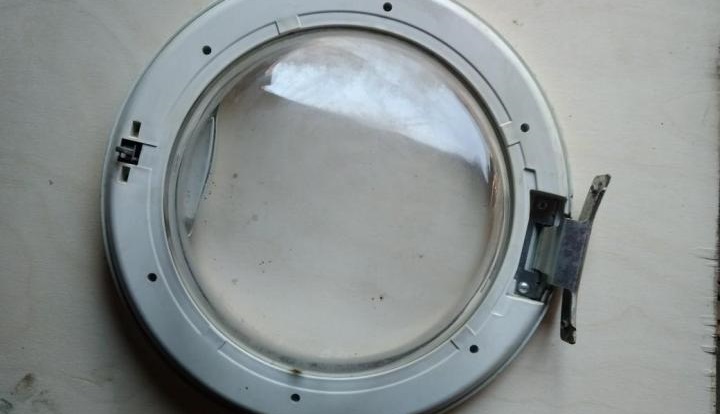
- Separate the two halves of the door to gain free access to the locking mechanism.
- Examine the assembly for damage.
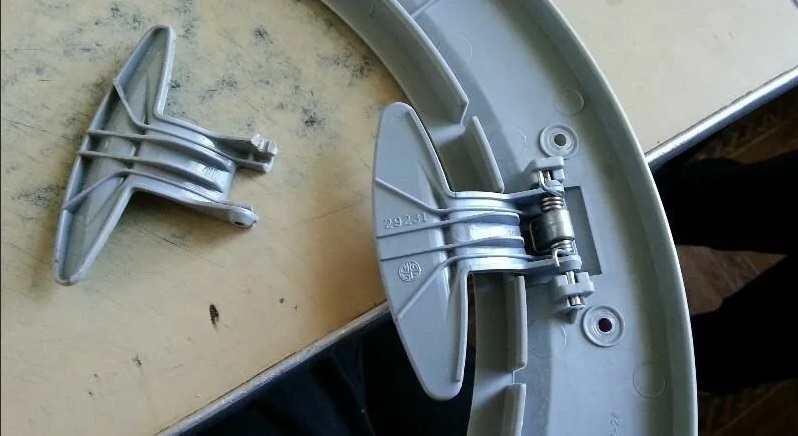
Due to the fact that the lock mechanism is almost impossible to find in the public domain, most likely in the event of critical damage to the lock you will have to buy a new door for the washing machine. But if there is a chance to restore the lock, for example, if a spring or rod simply fell out of it, then it is better to correct the situation with your own hands and thus save the family budget.It is very important during restoration work not to accidentally break another element of household appliances, so in no case do not forget about safety precautions.
The door mechanism works, but the hook does not lock
There is another problem that may cause error E30 - failure of the hatch locking device. This can be detected in a situation where the machine door closes smoothly until it clicks, but the device still refuses to start the work cycle, citing an open door. This is a sign that the device is locked with a regular lock, but there is no additional locking using UBL. This can happen either due to damage to the hatch locking device or due to failure of the control module.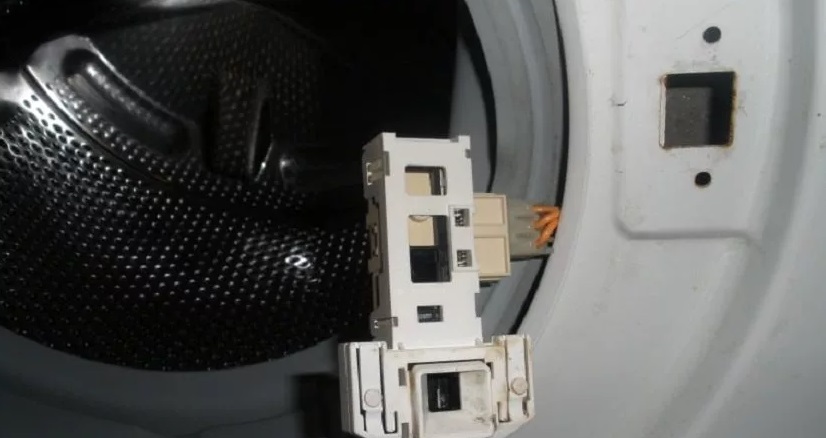
If it is the UBL that is to blame for the problem, then washing will not be possible due to the fact that the hatch door will not lock, which means the control module will not receive a signal that the work cycle can be started. Accordingly, for some reason the hatch locking device does not work, either because there is no voltage supplied to it, or because it is simply clogged. In the second case, fixing the problem is very simple - you just need to check the lock and clean it of dirt.
Do not try to restore the operation of the control board yourself, because without experience and the necessary tools, you risk damaging it even more.
It is much more difficult to deal with a faulty control module. This most important component of the washing machine is responsible for activating almost all processes during washing, so if it fails, the system will not be able to transmit a blocking signal to the UBL.This can happen due to a sudden voltage surge, as a result of which the control board will burn out, or due to a software failure. Regardless of the situation, you will have to call a service center specialist who will either will update the firmware or install a new board instead of the damaged one.
Self-check of the locking device
If error code E30 occurs, do not rush to call a technician, because first you need to accurately localize the problem. When you suspect UBL, get a regular multimeter to thoroughly test the element. To do this, you will have to remove the washing machine door and get to the device, following our guide.
- First you need to loosen the clamp holding the front panel cuff in place. Pliers, a screwdriver or other improvised tool will help you with this.
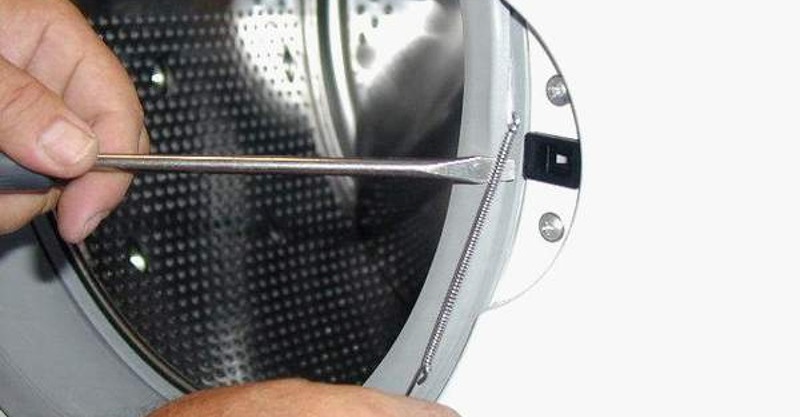
- Remove the cuff from the front wall to gain free access to the UBL, hidden in the machine body to the right of the door.
- Remove the screws holding the element. They are located at the place where the lock hook touches the UBL.

- Disconnect all wiring and remove the sunroof locking device.
Be sure to take several photographs of connecting the electronic element so that during reassembly you can correctly connect all the wires to the UBL.
Now all that remains is to understand the circuit diagram of the unit, because the device itself may be different depending on the model and brand of the household appliance manufacturer. You can find information on UBL contacts on the Internet, or try to find this data in the instructions. When you find out exactly where the phase, neutral and common contacts are in the device, you can begin diagnostics using a multimeter.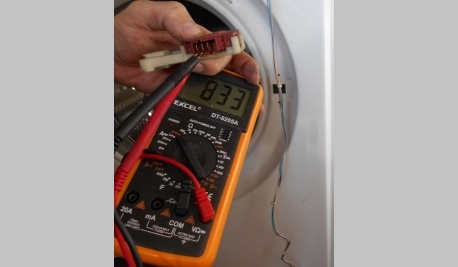
- Switch the tester to resistance measurement mode.
- Place the device probes on the neutral and phase contacts of the electronic element.
- Study the data shown by the device on the display, which should be three digits.
- Afterwards, all that remains is to check the common and neutral contacts.
- If the multimeter shows 0 or 1 on the display, then the hatch locking device has failed and needs to be replaced.
Error code E30 is a problem that can often be resolved at home without the help of a repair service. Carefully follow our guides so as not to accidentally damage your “home assistant” during restoration, or immediately call a specialist if you are not completely confident in your abilities.
Interesting:
Reader comments
- Share your opinion - leave a comment


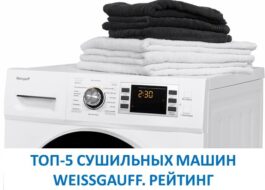
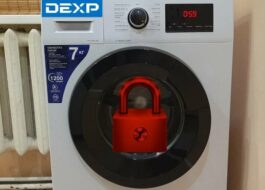

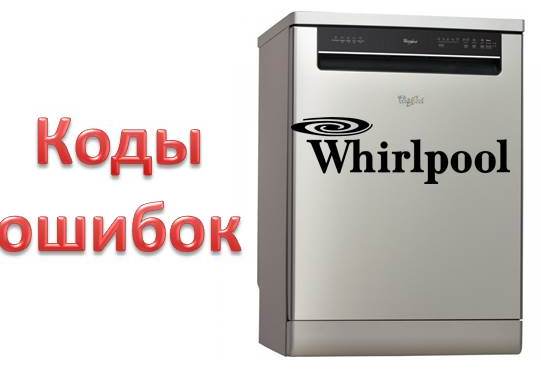
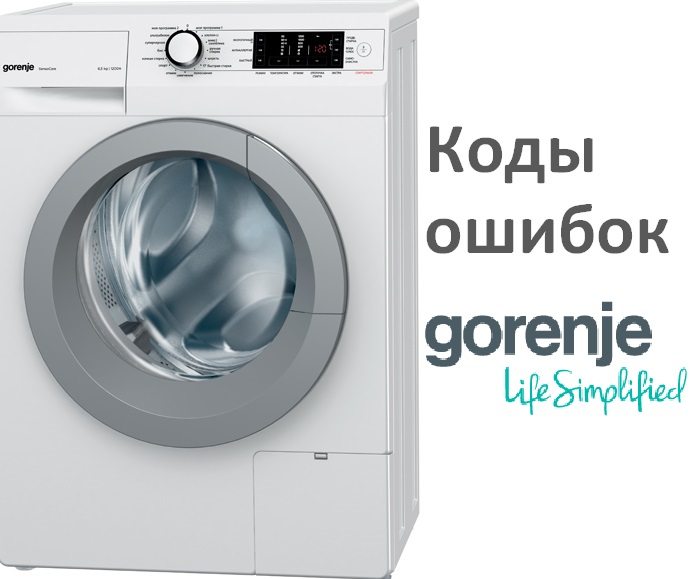














Add a comment